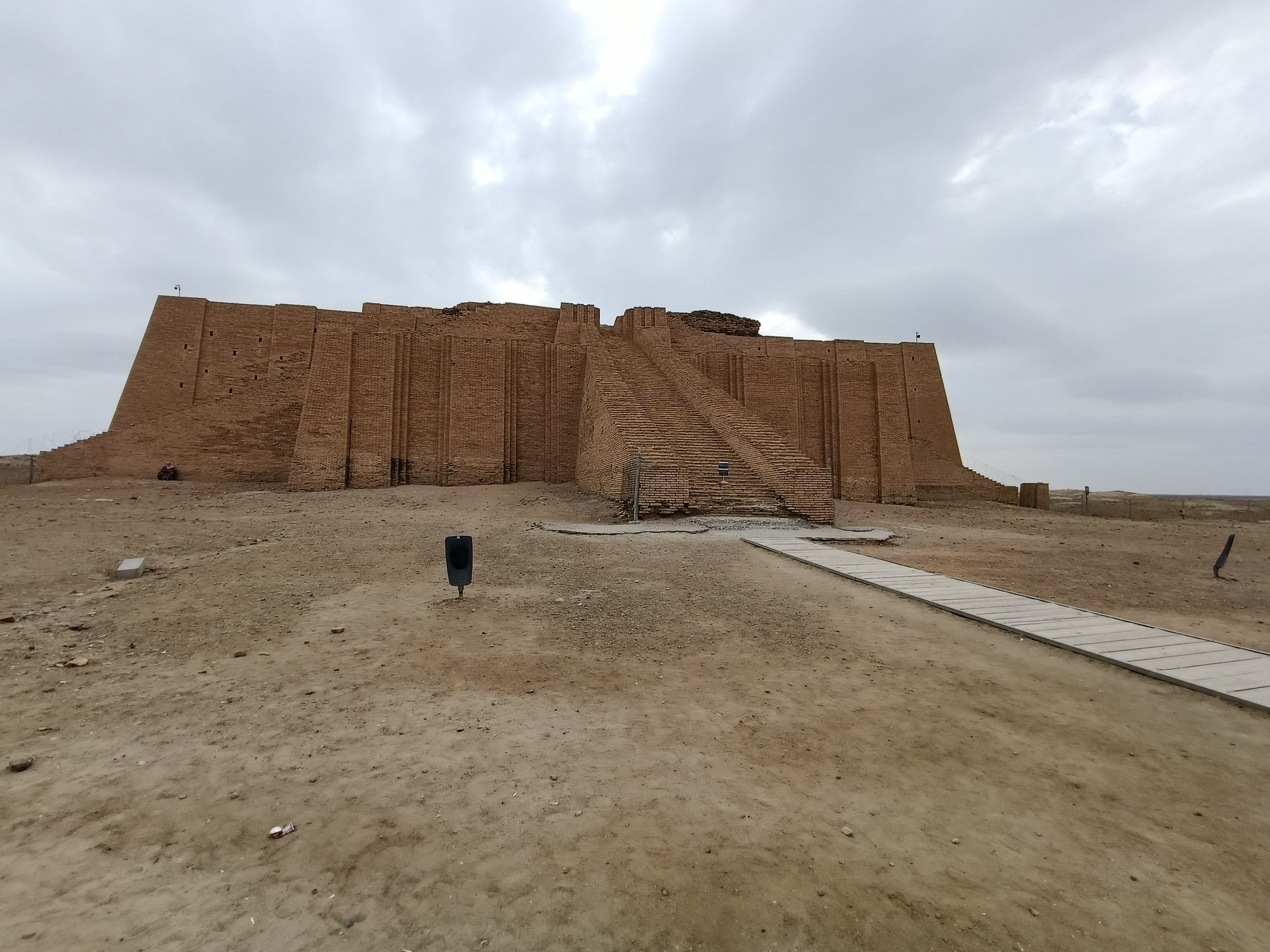Explore.
Travelling the margins of memory and map. Every story here speaks of places where the past still lingers - cities once sacred, walls once watched, ruins that remember.
Ghosts Beneath the Soil.
Ruins, tombs and lost cities— the traces of what came before.
Wales to the World.
From valleys to victory— Welsh voices, legacies, and monuments around the world.
Teachers Without Classrooms.
Learning in motion —the classroom becomes the world. Experience travel with purpose.
Fault Lines.
Borders, battles, and the scars of conflict— where history fractures and power shifts.
Tomorrow’s Ruins.
Wreckage of War, decay, and abandonment. These are the futures we’ve left behind.
UNESCO:Uncovered.
From sacred valleys to ancient metropolises, discover the stories behind the World Heritage Sites
Atlas Unfolded.
Mountains, waterfalls, Volcanoes—natural wonders that shaped our world.
Ur: Cradle of Civilisation
Walk through the dust of kings and the silence of ziggurats. In Ur, memory is carved in clay and shadow, where the past still whispers through every ruin.
Discover one of the world’s oldest cities — where civilisation began.
The Great Ziggurat of Ur — built to connect earth and sky.
Ghosts Beneath the Soil
The World Before Cities
Before Babylon, before Rome, before time felt linear — there was Ur.
Here in southern Iraq, between the shifting arms of the Euphrates, people didn’t just build walls. They built the idea of a city. A place with temples, taxes, stories, prayers. A place not ruled by instinct or nature — but by writing, ritual, and imagination.
This wasn’t simply a settlement. It was the birthplace of civilisation — a phrase too often used without weight. In Ur, the weight is baked into the bricks. You feel it in your soles, in the silence. A city built for gods, governed by stars, and remembered by dust.
Ziggurats, Stars and Stories
The Great Ziggurat of Ur rises not as a monument to death, but as a stairway to meaning. It was built around 2,100 BCE by King Ur-Nammu, not as a tomb or fortress, but as a bridge between earth and heaven — a temple to Nanna, the moon god.
Imagine this place 4,000 years ago: mudbrick homes spreading out from the ziggurat like ribs from a spine. Priests tracking celestial cycles from rooftops. Merchants recording ledgers in cuneiform on clay tablets. The invention of writing — born not from poetry, but from the need to count grain and sheep.
Ur’s ziggurat — where divinity was measured in mudbrick and scale.
Civilisation didn’t arrive in a thunderclap. It came one mark at a time, scratched into soft clay under the desert sun.
And it happened here.
Whispers from the Bricks
Walking through Ur today is like stepping onto a stage long after the curtain fell. The ziggurat towers above you, worn but unbroken — a geometric shadow carved from silence. Its angles are sharp, its presence undeniable.
No guides shout, no crowds buzz. There is only wind. And beneath it, something older. You walk the boardwalk alone, dust catching on your boots, and you wonder: what still lingers here?
Is this where Abraham walked, before his name echoed through scripture? Is this the soil where the first poet shaped their stanzas with reed and thought?
No proof remains. But the feeling is harder to ignore than fact. There’s a presence here — not ghostly, but ancestral. As if the ground itself remembers.
Where Memory Begins
Ur isn’t a ruin to tick off a list. It’s a place that asks something of you.
It invites patience, listening, humility. In its silence is a challenge: to feel history not as past, but as presence. To see a city not by its rubble, but by the ideas it ignited.
In an age where memory fades fast and stories grow shallow, Ur is a reminder of how deep roots can go. It is the echo beneath the soil — and the edge from which everything else began.
To walk in Ur is to walk backwards through memory.
Why Ur Still Matters.
In 2016, Ur was finally inscribed as a UNESCO World Heritage Site — not for a single monument, but for what it represents: one of the earliest cities in the world, where writing, governance, and religion took root.
This isn’t just a site of ruins — it’s a site of origins. The recognition protects the Ziggurat, royal tombs, temples, and residential areas — but it also preserves the idea of Ur: a city as archive, as ritual, as memory.
UNESCO status isn’t a gold star. It’s a promise — that we remember where the story of civilisation began. And that we’ll keep listening for echoes in the soil.











